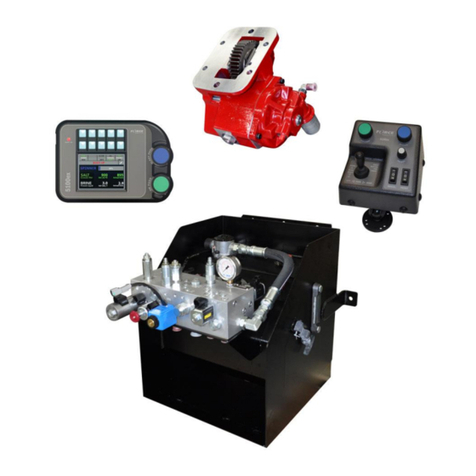
Force – Two Piece Trunnion
Mounted Ball Valve
Document Number:
Revision:
EDC 514
A
05/09/2022
IOM: Installation, Operation and Maintenance Manual 6/43
Ⅰ. Construction and Design features
2.
Design features
2.1
Double block and bleed (DBB) (both seats unidirectional-Self relieving seats)
Single valve with two seating surface that, in the closed position, provides a seal against
pressure from both ends of the valve of venting/bleeding the cavity between the seating
surfaces. Valve seat designed to relieve pressure in the valve cavity. Depending upon the
valve type, the pressure may be relieved to the pressure source or the low-pressure side.
Self-relieving seat (Unidirectional seat) (Unidirectional seat)
2.2
Double isolation and bleed -1 (DIB-1) (both seats bidirectional – DPE seats)
Single valve with two seating surfaces, each of which, in a closed position, provides a seal
against pressure from a single source, with a means of venting/bleeding the cavity between
the seating surface. Valve seat designed to seal against pressure source in either direction.
Double Piston Effect (DPE) (DPE) (DPE)
2.3
Double isolation and bleed – 2 (DIB-2), (One seat unidirectional x one seat bidirectional)
A combination of unidirectional seat (self-relieving) in the upstream and bidirectional seat
(DPE) in the downstream side of valve. This design feature maintains the sealing capacity of
the valve in case of failure of the upstream seat and release of the body cavity over pressure
through the upstream seat. Valves with DIB -2 feature will be Uni-directional and equipped
with highly visible arrow flow plate.
(Unidirectional seat) (Bidirectional seat)
NOTE: The term upstream and downstream refer to the pressure source and open
end/equipment respectively and do not refer to flow direction.




























